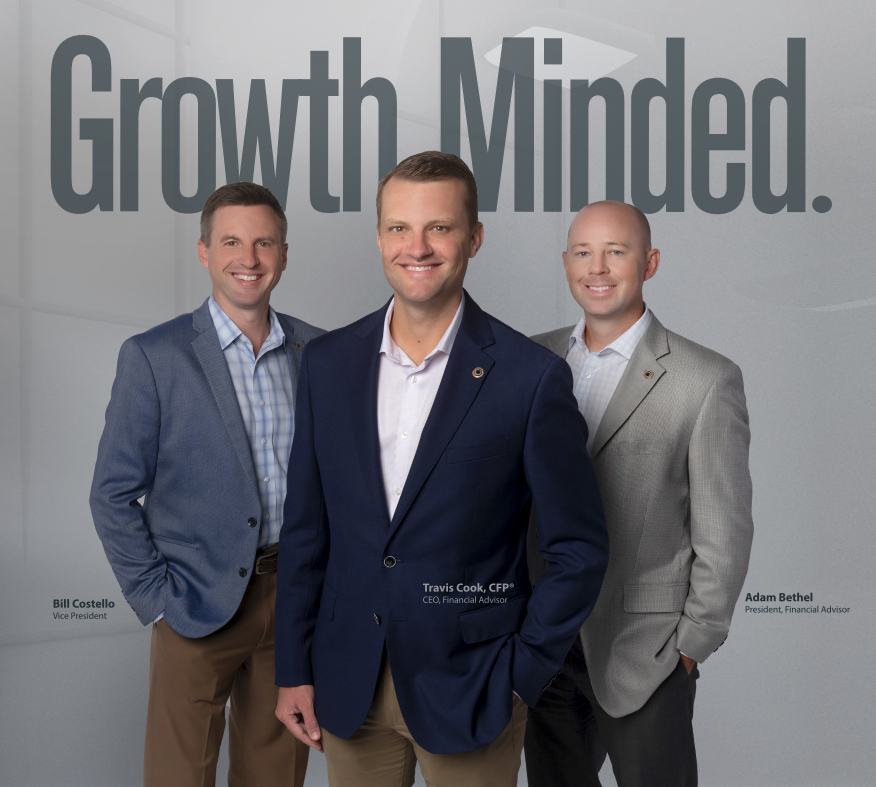Will Maxing Out Your IRA in January Earn a Greater Return?
By Heather Hoffman, Marketing and Communications Specialist
01/2024
You’ve probably heard financial professionals recommend contributing the maximum allotment to your retirement accounts. If you’re able to, this could be a great way to increase your earnings. However, are you allowing them to grow for as long as you can? Keep reading to find out!
January is Financial Wellness Month
January is Financial Wellness Month, and for good reason! Of course, you can make the switch to adding more thought into your financial well-being at any time of the year. There’s just something about the new calendar year that adds some extra motivation behind bettering your life. With a blank calendar in front of you, the goals seem limitless. Even if you don’t believe in the “new year, new me” mindset, January is still a great time to make a change to your financial strategy- by maxing out your IRA contribution.
While you have all year to contribute to your IRA, incremental contributions might not give you the most return for your investment. If you contribute the full limit in January of 2024, (7,000 for those under 50, $8,000 for those 50 and above) that money has more time to grow in your account. Since IRA contributions are due in April of the following year, your funds would have an extra 15 months to grow than if they were placed at the deadline.
Example of potential growth:
You contribute $7,000 into your IRA in January during a 30-year time period. Assuming an annual return rate of 4%, you would have an account balance of $415,298, with earnings of $205,298 included. This is holding everything constant, and not taking into consideration likely contribution limit increases or catch-up contributions. With these same conditions, investing your funds at the deadline would create a balance of $381,572.26, with earnings of $180,572. By making the same contribution, over the same contribution years, you would gain $33,726 in this scenario by investing in January.
The first year of making your contributions in January can cause the most financial strain. If you still need to make your 2023 contribution, you will need to contribute two years at once, equaling $13,500 for individuals. For married couples, that number doubles. This can seem daunting, especially after the recent holiday shopping you’ve likely done. The double contribution only happens in the first year, and it’s only if you haven’t made your full contribution yet for the previous year. If you cannot work this into your budget for the current year, it is a good idea to plan for the upcoming year. You can put away money from each check into a separate savings account, then fund your IRA in January. A separate account, or separate budget line, is key to ensuring you don’t accidentally spend the money.
*This is a hypothetical example and is not representative of any specific situation. Your results will vary. The hypothetical rates of return used do not reflect the deduction of fees and charges inherent to investing.*
Risks Associated
There are some risks associated with this strategy. Any time you invest a larger lump sum, it becomes more vulnerable to market swings. Monthly investments are less susceptible to this. That is why many choose to do dollar-cost averaging, where the contributions are spread out and at consistent levels. The market is never guaranteed, although it does tend to swing positive over time. Determining which strategy is best for you is a conversation to be had with your financial advisor.
Don’t feel like this is the right time for you to make this decision? That’s okay! Here are 7 other ways you can participate in Financial Wellness Month.
7 Financial Wellness Tips
1. If you don’t have a net worth statement, create one. If you do, update and review it. By outlining your assets and debts, you can compare your financial well-being from year to year against your goals.
2. Improve your financial literacy by setting aside time to read blogs, listen to audiobooks or podcasts, or watch financial YouTube videos. By keeping up to date on the current news, you’re setting yourself up for financial success.
3. Identify your spending habits and evaluate where any cuts can be made. Monthly automatic payments for services often go forgotten. These subscriptions can go for months without you even utilizing it.
4. Create, or add, to your emergency fund. The consensus among financial professionals is to hold three to six months’ worth of bills in your emergency fund. Make it a part of your monthly budget to contribute to this account.
5. Increasing your retirement savings will set you up for further financial well-being. If you’re able, max out your contributions. If you can’t contribute the total amount allowed, make a plan to increase your contributions each year, starting with this year.
6. Ensure your credit report and score are error free. Fraud can happen to anyone, at any time, so it’s important to stay up to date.
7. With your new goals in mind, you may need to discuss your portfolio allocations with your financial advisor.
The opinions voiced are for general information only and are not intended to provide specific advice or recommendations for any individual.



